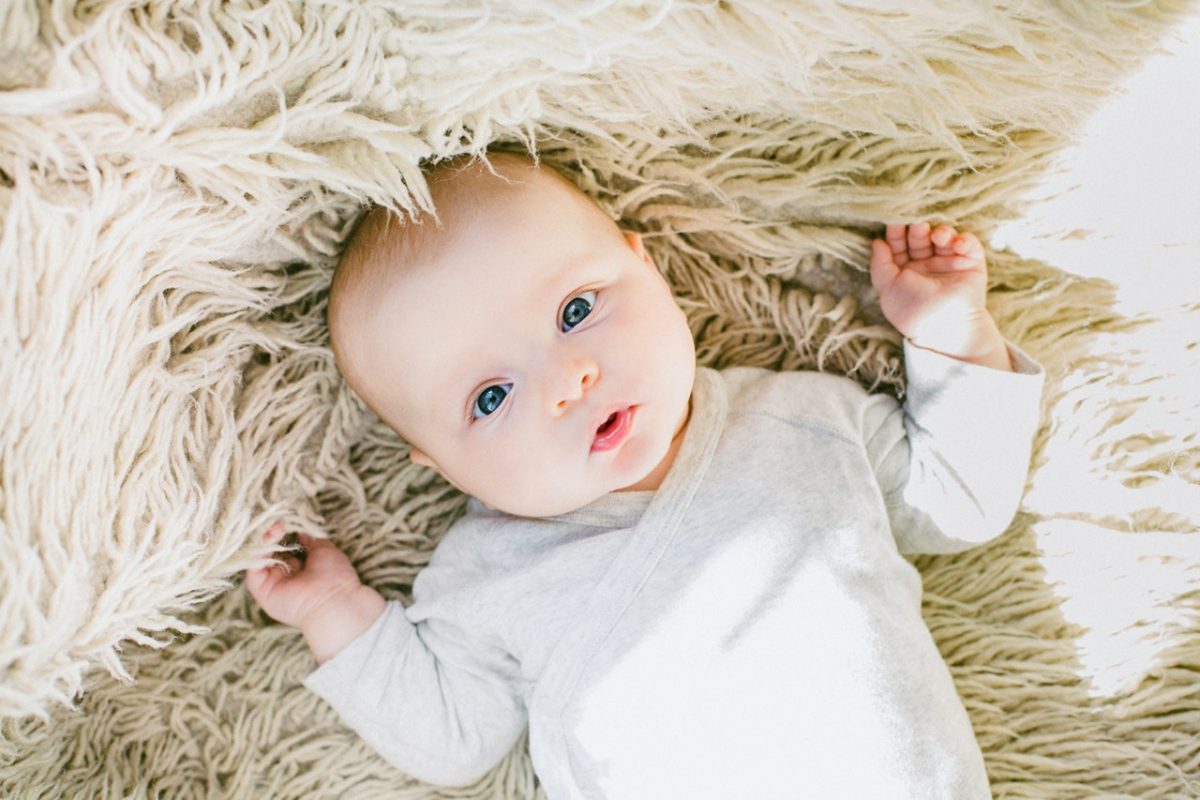You may have your home just how you want it: the right balance of elegance and fun, color and light, all that you could dream of. You wouldn’t change it for the world! Until a sweet baby becomes your world. Because then, it’s time to make some changes. But creating safety and a place you can live in with baby doesn’t mean you have to lose sight of beauty and style.
Childproofing your home to live in great design and family safety:
Prevent Furniture Stains
One thing you can be sure of with a young child is that there will be spills: of food, beverages, and bodily fluids. It’s nice to think you can prevent diaper disasters and capsized bottles, but there should be a plan in place for when that doesn’t work out.
If you have soft couches, chairs, and ottomans made of absorbent materials, it’s time to get ahold of a washable slip-cover or two. Washable slipcovers for upholstered furniture can get you through the toddler time so you can have your exposed upholstery back again later, in all it’s un-stained glory.
The new generation of Sunbrella and Krypton fabrics are essentially spill proof, water-resistant and stain resistant. They even come in soft chenille textures that mishaps will literally roll off of.
Work With It
A little known fact is that baby stains have a default color-range. Let’s face it: the stains that come with babies often have some relation to body fluids. Whether it’s spit-up milk, or something from the other end, baby stains shift colors towards yellow, pink, brown, and other reddish tones. You can harness this knowledge by using golds, apricots, browns, yellows and other similar colors in your decor during baby years. The objects that will suffer the most from visible staining with be steel grey, baby blue, and cool greens.
Trade Out Coffee Height Tables
Your usual coffee table is exactly the high for a small child to hit their head on the edges or corners. In fact, that is the most common reason for Emergency Room visits for new walkers. You can use ottomans where the coffee table was, go without for a bit, or use a taller table. Using a tall table behind the couch, also known as a sofa table, is a great solution- above the head-hitting height and right where you’ll want to put things down.
Banish Your Glass Table
Glass table tops are super dangerous. Not just because of their edges, but because children will try to stand up under them, and could even shatter them on themselves. You can replace glass table tops with other materials, like solid wood, using the same leg structure. Or go for a whole different style of table! You can bring back the glass later. Remember, this is temporary.
Art Objects
Many homes have well-chosen objects of beauty on tables, shelves, and desks. You don’t have to get rid of your artful selections, but you do need to relocate some that are within toddler reach. Pick out the ones that you think may hurt your child, or be hurt by your child, to be relocated.
Although you want to remove highly breakable items, you can also choose some objects to help little ones begin to learn how to handle and respect nice things. I taught my daughter how to touch but not move pretty things when she was about 2. And to recognize that some things are off-limits for playing. She was a tornado, but she did learn that!
Move anything you’ve identified as dangerous or too valuable. Then you can put lovely things that you won’t be worried about in their place. Paper, fabric, knitted or crochet items, and rounded wood objects are good choices.
Block Off Dangerous Areas
There may be parts of your home that would need an exceptional amount of childproofing, like behind the gaming console or computer for instance. Instead of dedicating lots of time and resources to reducing the risk, without being able to make it truly safe, these areas are great candidates for being off-limits. This can save you from gluing foam corners to things and taping up bundles of cords. Small areas you can physically block with solid objects like a trunk or cabinet. You can also switch-out door knobs to require a key or code if you don’t want to use a baby lock. Even in blocked areas, it’s still worth putting safety plugs into unused outlets everywhere in the home.
Baby proofing a home is an important duty of parents, but giving up your well-appointed interior is not a requirement.



